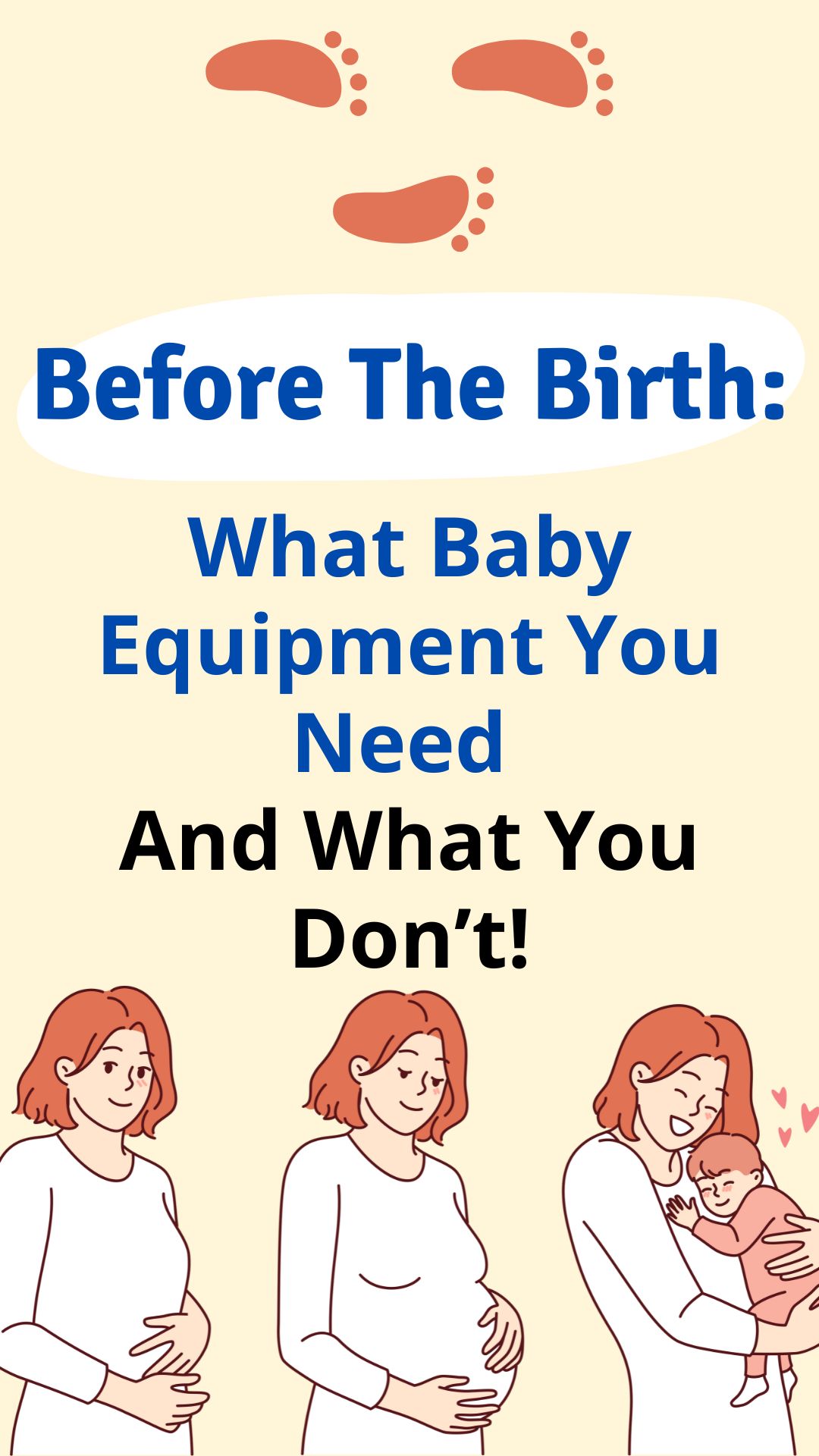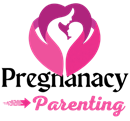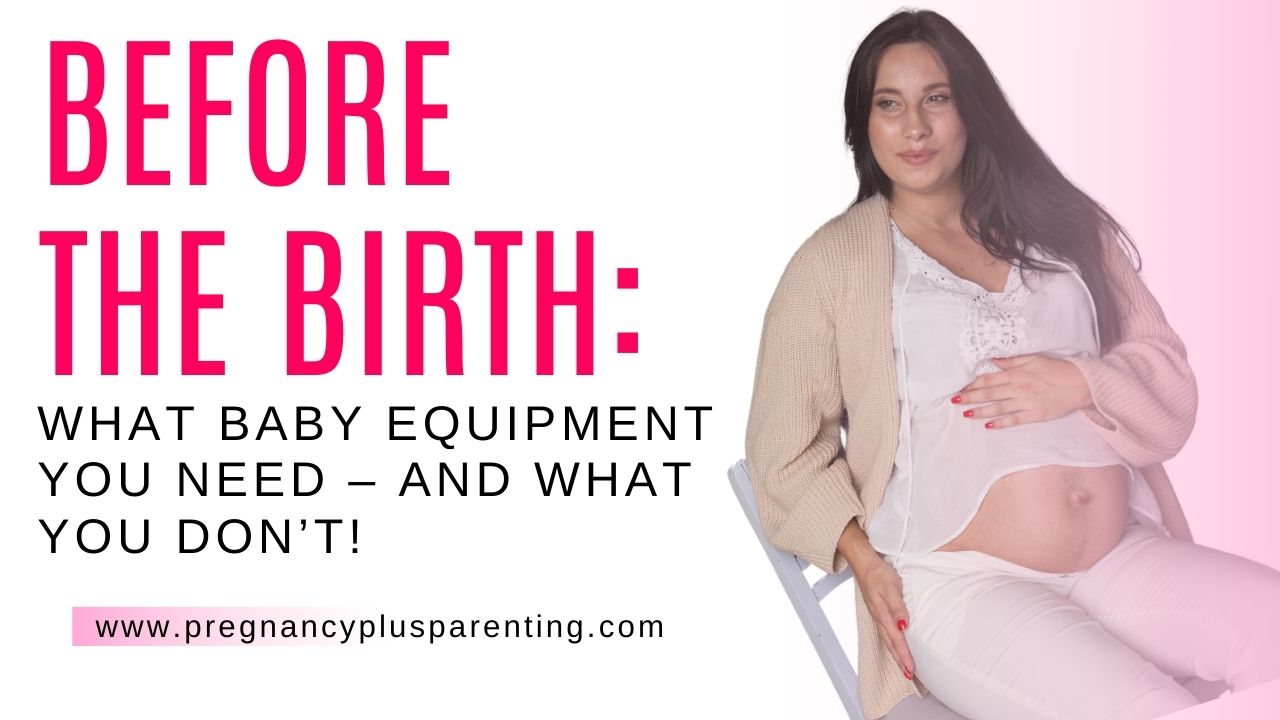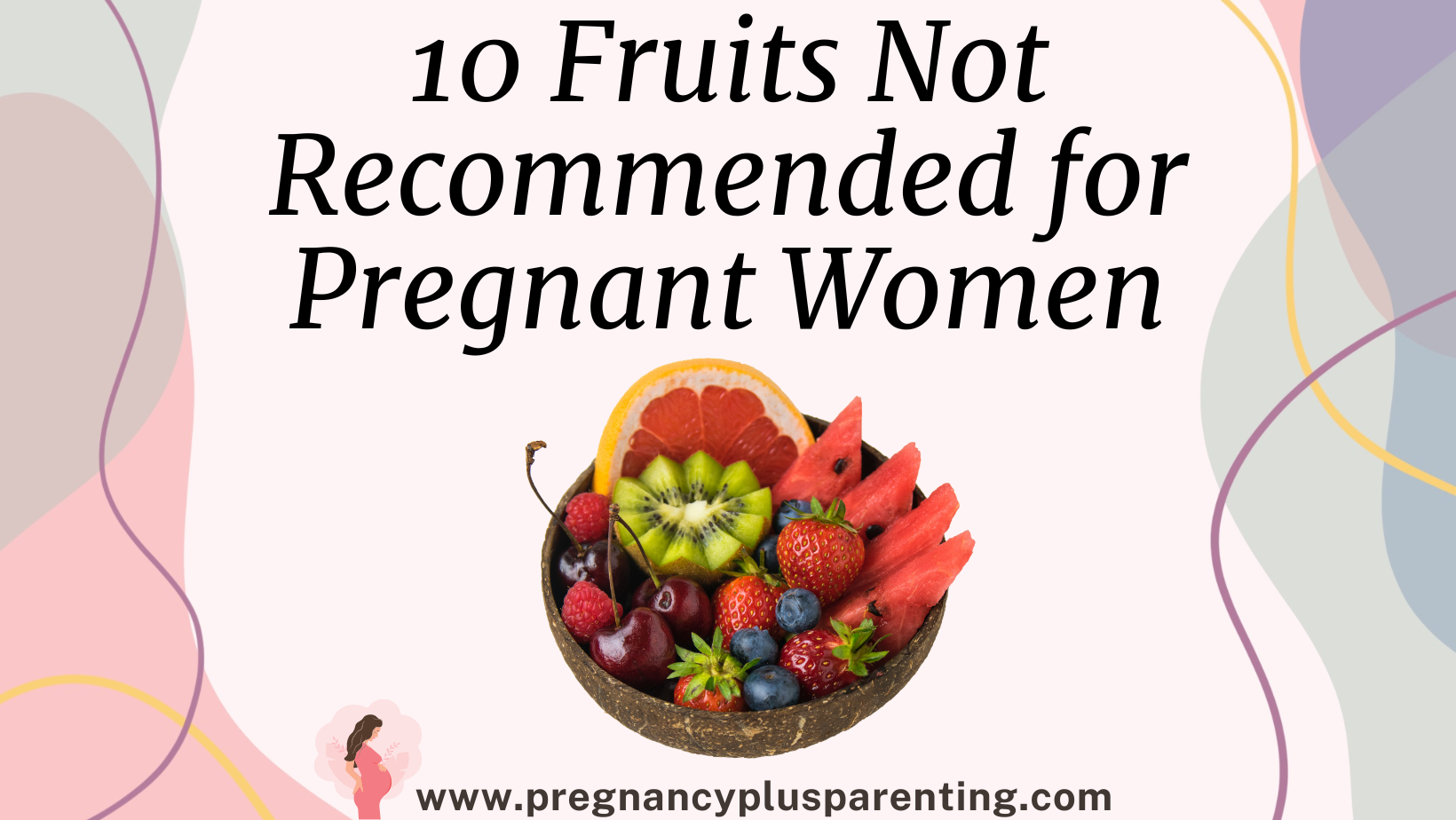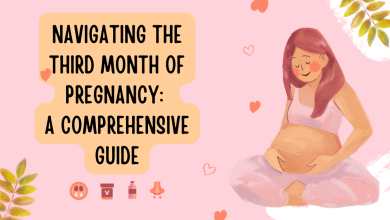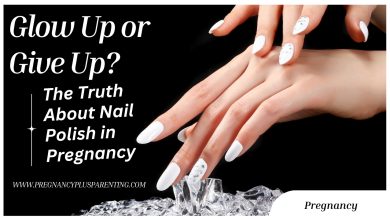Before The Birth: What Baby Equipment You Need – And What You Don’t!
Nothing turns your world upside down like the birth of your child. The last few weeks before the trip to the hospital pass like a clockwork, as you wait for the big day.
However, there are still a few things to do and get before what is arguably the most important event of your life. We’ll tell you what you absolutely need to do and what you should buy for baby equipment – and what can wait.
How sweet! We’re going clothes shopping!
Nothing makes the imminent arrival of your child more real than that first moment when you hold a tiny onesie in your hands and imagine your little treasure soon wearing it. Shopping before the birth, especially with your partner, is a lovely ritual that prepares you for your future life as a family. However, you shouldn’t overdo the trip, as otherwise you’ll very likely end up with lots of onesie suits, hats , socks, and pants that your child will never wear.
Children grow rapidly, especially in the first few months, and are constantly changing. As a result, cute and adorable clothes quickly become too small, too tight, or simply too uncomfortable for your little one. Therefore, shop for clothes carefully and thoughtfully. Your child will need significantly fewer changes of clothes in the beginning than in later years.
The clothing size your child will wear at birth can be determined very accurately through regular ultrasound scans shortly before birth. While your gynecologist won’t give you the exact clothing size, you can estimate your child’s size. It’s also important to know that clothing sizes for babies and toddlers vary in increments of six. For example, the next size up from 54 is 60—not 55 as you might expect.
So go shopping with your eyes open and stock up on a small outfit in all possible sizes for your baby. Take this outfit with you to the hospital for the delivery. While most hospitals provide their own clothing, you’ll certainly want to welcome your little one into this world wearing their own, lovingly selected clothes!
Child seats and carrycots – what do we need?
A few days after the birth of your child, you’ll be faced with the question of how to bring the new family member home safely. A baby carrier will be one of your most important aids for the coming months. Not only can these be securely attached to the car with relative ease, but they also accompany you while shopping, visiting family, and many other activities.
However, the range of carriers is vast, so research is highly recommended before purchasing. In addition to safety and comfort for your little one, the most important thing to consider when choosing is to buy the lightest carrier possible. Even the lightweight ones often weigh no less than three kilos. Over time, you’ll definitely feel this in your upper arm.
Some carrycots also have an additional docking station that can be permanently attached to the car. These have the advantage of allowing you to attach and remove the car seat quickly and easily. The stations are simply attached using Isofix, small metal rods hidden behind or directly on the rear seats. All newer cars have these devices as standard, but if you’re unsure whether your car is equipped with them, a quick Google search will help.
However, this docking station isn’t absolutely necessary. Depending on how quickly your child develops, you’ll likely need to upgrade to a full-size car seat soon. However, if you don’t want to forgo the luxury of a docking station, find out whether you can continue to use it with a suitable car seat afterward.
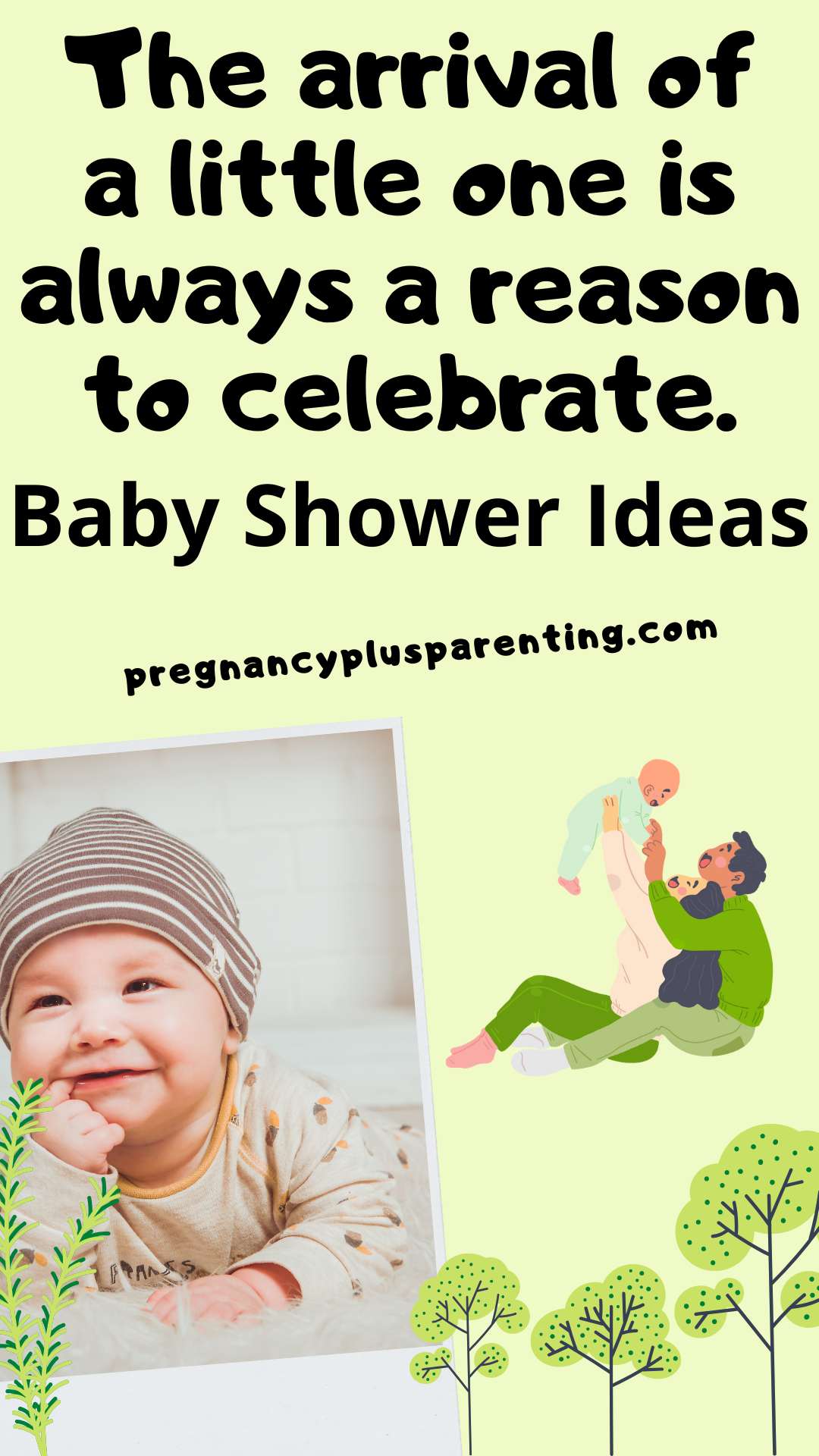
Stroller or baby sling?
After the first day in the new home, you’ll naturally want to show your child their surroundings and enjoy the fresh air. This not only calms your little one, but is also good for you.
For this, however, you need a suitable stroller . But they’re expensive, and the selection is so vast that it’s easy to lose track. Therefore, it’s important to know exactly what you really need. Do you travel a lot by car? Do you enjoy jogging? Are the paths paved, tarred, or more like gravel forest paths? These questions are crucial in determining which suspension, tires, and construction method make sense.
Once you have an initial idea of which stroller might be right for you and your child, it’s all about getting the best deal possible. Especially on the used market, there are many strollers that will save you money. We’re easily talking several hundred euros here. So keep your eyes peeled!
As an alternative to a stroller, you can also use a sling or a carrier. These are wrapped around the body, with the child either on your back or on your chest. Whether and how you can best use a sling or carrier depends on many factors. Ultimately, your child decides whether they prefer this method of transportation—or not.
Beds, blankets and the children’s room
Even if your child will be using the parents’ bed in the first few weeks and months—whether you like it or not—it’s important to think about a suitable crib early on . So-called side beds, which can be placed next to the parents’ bed, are particularly suitable for this. This allows your little one to sleep safely and securely without losing contact with mom and dad. Especially with breastfed babies, the mother also benefits significantly, as she doesn’t have to get up to care for the child. Your night’s sleep will thank you!
Another essential purchase is a baby blanket, which will help keep your little one warm during the first few weeks. Babies can’t regulate their own body temperature at the beginning of their lives. Depending on whether your child is born in summer or winter , it’s important to choose a blanket that fits. A quick touch of your child’s neck will tell you whether your little one is properly temperature-controlled.
